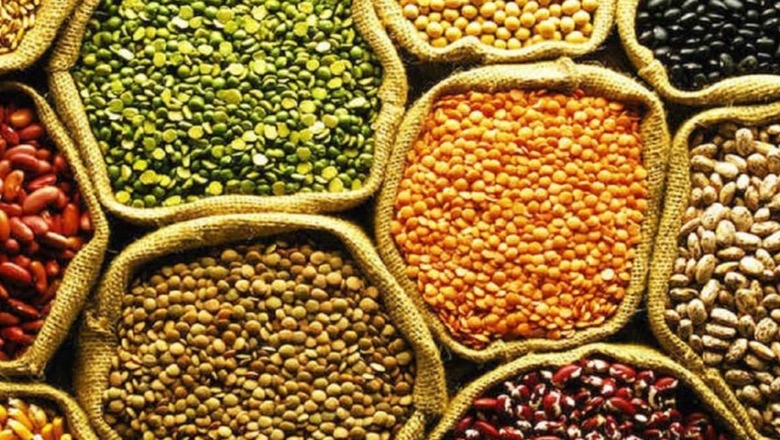
views
Uric acid is a byproduct of the breakdown of chemicals called purines in the body. While purines are not inherently harmful, elevated levels can lead to issues such as gout and kidney failure. The consumption of foods rich in purines, including red meat, shellfish, and alcohol, should also be limited for patients with high uric acid levels. However, it’s essential to note that purines are also present in pulses, which are commonly considered a good source of protein.
Dr Amrendra Pathak, a senior urologist, emphasised that pulses contain significant amounts of protein, making them beneficial. Nonetheless, he recommended that individuals with high uric acid levels should reduce their consumption of pulses. Protein-rich pulses such as Urad, Moong, Toor Dal, Soybean, lobia, and chana dal should be consumed in moderation.
Urad Dal:
Excessive consumption of urad dal can potentially elevate uric acid levels due to its richness in protein and amino acids. However, PharmEasy suggests that urad dal may have kidney-protective properties.
Toor Dal:
People with high uric acid levels are advised to limit their intake of toor dal as it is a good source of protein. An article on 1Mg suggests that certain constituents in toor dal, like anthocyanins, may have a potential lowering effect on uric acid levels.
Moong Dal:
There are claims that excessive consumption of moong dal may increase the risk of purine formation, leading to uric acid. Dr. Rasika Mathur stated that there is no substantial research supporting these claims.
Soybean:
Research from the National Library of Medicine indicates that soy or soy protein can rapidly increase serum uric acid. Notably, tofu, bean curd cake, and driven bean curd sticks have no significant effect on uric acid concentration.
Lobia (Cowpeas):
Individuals with high uric acid levels should avoid cowpeas as they contain purines, which can contribute to gout. Purines have the potential to break down into uric acid.
Chana Dal:
Chana dal contains purine, a chemical that, when broken down, produces excess uric acid, potentially leading to gout.



















Comments
0 comment